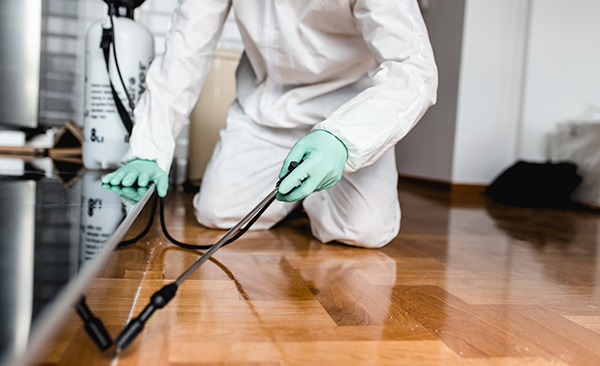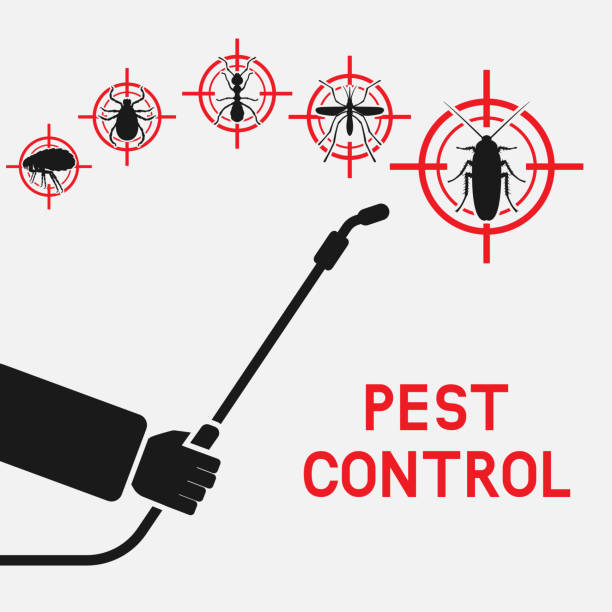Reasonably Priced Pest Management Plans Offered by Pest Control Lockhart
Reasonably Priced Pest Management Plans Offered by Pest Control Lockhart
Blog Article
Exploring Problem and Treatment Approaches in the Globe of Pest Control
The landscape of bug control incorporates a myriad of obstacles, specifically as problems of common household pests continue to evolve. By integrating preventive measures with advanced management techniques, such as Integrated Pest Management (IPM), homeowners can better safeguard their settings.

Common Household Vermin
When it pertains to managing our space, recognizing typical home pests is crucial. These parasites not only disrupt our convenience however can also posture health and wellness risks and damages residential property. The most widespread home pests consist of ants, cockroaches, rats, termites, and bed bugs.
Ants, usually seen foraging in kitchen areas, can contaminate food and establish huge nests. Roaches, known for their strength, can set off allergic reactions and spread pathogens. Rats, including mice and rats, can create structural damages and carry illness like hantavirus and salmonella. Termites, often described as "quiet destroyers," can compromise the stability of wood structures, causing costly repair work. Bed pests, although not disease providers, can create significant discomfort via their attacks and result in mental distress.
Acknowledging the indicators of these pests, such as droppings, nests, or bite marks, is vital for very early treatment (Pest Control Lockhart). Correct hygiene practices, sealing entry points, and preserving a clutter-free atmosphere work preventative procedures. By recognizing these usual house pests and understanding their behaviors, property owners can take positive steps to reduce infestations, guaranteeing a healthier living environment
Understanding Insect Infestations
Bug invasions can escalate swiftly, turning a small inconvenience right into a considerable problem if not resolved quickly. Usual aspects adding to invasions consist of bad hygiene, structural susceptabilities, and seasonal changes that drive bugs indoors.
Determining the type of bug is essential, as various varieties exhibit diverse behaviors and reproductive rates. As an example, rodents may develop nests in hidden areas while pests like roaches flourish in moist settings. Early detection typically depends upon identifying signs such as droppings, chomp marks, or uncommon audios, which can indicate a problem before it ends up being serious.
Ecological problems also play a crucial role in bug spreading. Cozy, moist environments can facilitate the rapid growth of insect populations, while modifications in landscaping or building can unintentionally develop helpful settings. Normal examinations and preventative actions are extremely important to minimizing the threat of problems. An educated technique to comprehending these dynamics lays the groundwork for effective pest monitoring approaches in the future.
Therapy Methods and Strategies
Efficient treatment approaches and methods are important for mitigating parasite problems and recovering a risk-free atmosphere. A diverse method is typically best, incorporating chemical, organic, and mechanical strategies customized to the certain insect and the extent of the invasion.
Chemical therapies consist of making use my link of pesticides and herbicides, which can efficiently get rid of pests. Correct application and adherence to safety guidelines are vital to minimize dangers to people and non-target microorganisms. Integrated Pest Management (IPM) motivates the wise usage of chemicals as a last resource, depending instead on tracking and limit degrees to determine intervention needs.
Biological control techniques involve introducing all-natural killers or bloodsuckers to minimize insect populations. This approach is increasingly popular, specifically in farming settings, as it promotes ecological sustainability.
Mechanical methods, such as catches and barriers, provide prompt alleviation from bugs without introducing chemicals. Options consist of sticky traps for insects or physical obstacles for rodents.
Ultimately, the selection of therapy method should take into consideration the certain insect, the environment, and possible influence on human health and ecosystems. A well balanced combination of these approaches can successfully manage problems while promoting lasting insect control solutions.
Preventative Procedures for Homes
Proactively resolving insect concerns before they rise is important for keeping a healthy home atmosphere (Pest Control Lockhart). Implementing reliable safety nets can considerably lower the possibility of problems, ultimately securing both your home and health

Appropriate landscape design also plays an important function in prevention. Keeping shrubs and trees cut away from your house lowers the opportunities of parasites locating their method inside your home. Make certain that drain systems are working efficiently to protect against standing water, which can attract in mosquitoes and other pests.
Finally, routine inspections are advisable. Regularly examining for indications of parasite task allows for very early intervention. By adopting these safety nets, homeowners can develop an atmosphere that is much less welcoming to pests, therefore improving their overall lifestyle and decreasing the demand for substantial pest control treatments.
Business Insect Control Strategies
A detailed approach to industrial pest control is necessary for businesses intending to keep a safe and sanitary setting. Effective methods involve a combination of routine examinations, employee training, and the application of Integrated Parasite Management (IPM) methods.
Normal inspections enable early discovery of parasite task, allowing for timely treatment. Services need to develop a routine schedule for these evaluations, concentrating on risky locations such as cooking areas, storage rooms, and waste disposal sites. Worker article training is similarly vital; team needs to be educated on the signs of insect invasions and the value of reporting them immediately.
Implementing IPM practices helps reduce insect problems sustainably. This consists of habitat adjustment, such as sealing entrance factors and minimizing mess, along with using all-natural deterrents prior to resorting to chemical treatments.

Additionally, working together with an accredited insect control supplier makes sure access to expert expertise and innovative treatment options. This collaboration can bring about personalized insect control plans customized to the certain needs of business, decreasing threats and improving overall efficiency. Eventually, a proactive and enlightened technique fosters a pest-free setting, securing both public health and organization track record.
Conclusion
In conclusion, effective bug control demands a comprehensive understanding of typical family bugs and their actions, coupled with targeted treatment techniques. Executing precautionary procedures along with therapy strategies such as Integrated Pest Management and biological control enhances the ability to reduce infestations.
Report this page